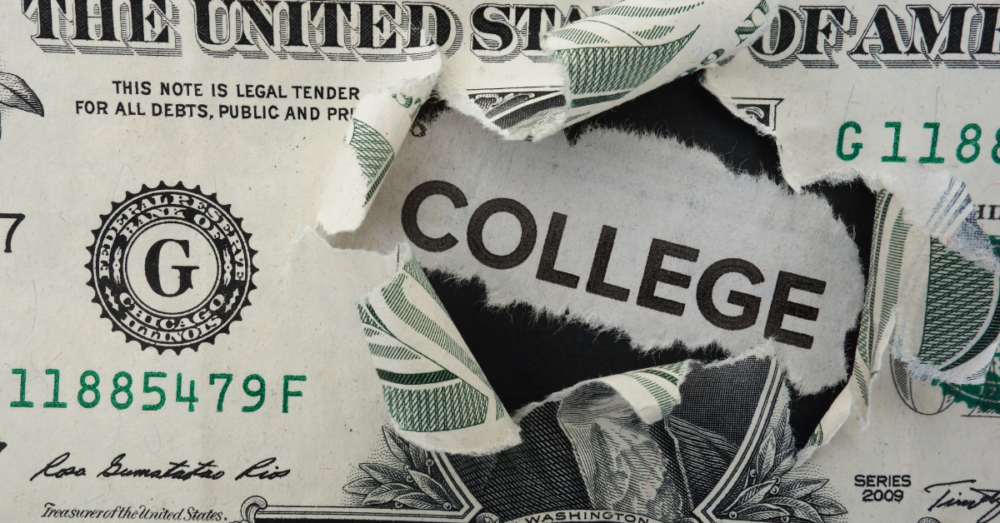SECURE Act 2.0 Explained
In recent years there have been significant changes to the retirement world because of numerous factors. One of the primary sources of this is changes to existing retirement tax laws, including the SECURE Act. On March 29th, 2022, the House of Representatives voted in favor of SECURE Act 2.0 with a margin of 414-5. Although it’s still to be passed through the Senate, SECURE Act 2.0 could lead to large changes to retirement savings and investment if successful. In this blog, we’re exploring what’s changing in this significant piece of retirement legislation.
What Was SECURE Act 1.0?
The Setting Every Community Up for Retirement Enhancement Act, commonly called the SECURE Act, became law in 2019. This bill was the first major retirement legislation since 2006. The reason for the change? According to the US Census Bureau, 68% of Americans work at a place that has a retirement plan, but only 51% contribute to it. The House of Representatives passed the bill by a significant margin with bipartisan approval. For the most part, this bill slipped under the radar and didn’t get much publicity. However, the SECURE Act 1.0 has benefits and drawbacks for both employees and employers (with some especially good advantages for small business owners). If you want to learn more about how the SECURE Act 1.0, you can read our blog about it.

What’s New in SECURE Act 2.0?
The bill, once through Senate, may pass as-is or with changes to the measures contained in the law. The big question about SECURE 2.0 is: What makes the 2.0 version different? Basically, the bill contains provisions that we can divide into three different components:
- Mechanisms to increase the number of people saving for retirement. This includes incentives like increasing the annual catch-up contributions cap, as well as mandates that target both the employer and employees.
- Improvements to existing retirement plan legislation that benefit the retirement saver. Examples include certain penalty waivers and tweaks to contributions and age thresholds.
- Greater cost savings for the employer, primarily to offset some stricter measures that come with SECURE 2.0.
These three components (as well as a few other inclusions) make up SECURE 2.0. Although bills are long and complex with many minute details, let’s dive into the details and see what these changes mean for us as employers and retirement savers.
Mandatory Automatic Enrollment/Escalation
Secure 2.0 would instate mandatory automatic enrollment/escalation. This would require employers to set up plans that would automatically enroll newly hired employees (when eligible) in a pretax contribution level of 3% of their wage. This amount would increase annually by 1% of at least 10%, but not more than 15%. However, employees can elect a different amount. There are some exclusions to this rule. For example, some current plans will be grandfathered in. Additionally, small businesses with 10 or fewer employees, church plans, and government plans are excluded. Employees would be able to opt out of this, but that choice would result in more work for the employee. As a result, people will most likely follow the path of least resistance and allow the mandatory escalation to occur.
Increased Catch-Up Contribution Dollar Limit
Secure 2.0 also includes an increase in catch-up contributions. Let’s face it, there are years in life that you can’t max out your retirement or might not have contributed what you wanted. Maybe you had a life-changing event that prevented you from contributing the desired amount towards your retirement. Catch-up contributions are a mechanism to account for this. Currently (at age 50), you can contribute an additional $6,500. Version 2.0 will increase the annual catch-up to $10,000 per year for ages 62-64 starting in 2024. The hitch to this? All catch-up contributions made to an employer-sponsored plan must be made to a ROTH account. This allows the government to tax this money sooner. The increase to the catch-up contributions cap is actually one of the primary “revenue raisers” of this bill. This is because it will tax the additional amounts upfront. The result is it will decrease revenue in future years when the funds are withdrawn and taxes are only paid on the gains.

Employer Student Loan Match
Another feature of SECURE 2.0 that could incentivize saving for retirement is giving employers the ability to match funds for student loan payments. The new law would allow employers to make a matching contribution to their employee’s retirement plans for payments made to their own student loan balance. This would kickstart retirement plans for employees that have a lot of student debt.
Raised Minimum Distribution Age (RMD)
In addition to new measures, SECURE 2.0 has inclusions that improve upon existing pieces of retirement legislation. While SECURE 1.0 raised the required RMD from 70.5 to 72, the new law would raise the age over a 10-year period to age 75. Starting in 2023, the age goes to 73, then to age 74 on Jan 1, 2030, and finally to 75 on January 1, 2033. By increasing the RMD, SECURE 2.0 gives your money more time to grow tax-free. However, there’s something to keep in mind – as the balance grows, that means the RMD amount will increase, too. When that occurs, it increases the tax owed in future years and will likely result in higher taxes for those that inherit IRAs with more funds in them.

Additional Features of SECURE Act 2.0
SECURE 2.0 is a detailed bill that contains many different features and improvements to SECURE 1.0. In addition to the above provisions, SECURE 2.0 also contains:
- Employer ROTH Matching Contributions – Currently, all employer contributions are put into a pretax plan, even if the employee’s contributions go to a ROTH plan. Starting in 2023, the employer’s contributions can follow the employee’s contributions that go towards a ROTH plan.
- Domestic Abuse Penalty Waiver – SECURE 2.0 adds a clause to the existing 10% penalty. If a self-certified victim of domestic abuse withdraws the funds early, there’s no penalty.
- Tax Credit for Employers – There would be a credit of up to $1,000 per employee for small businesses that offer a savings plan. The credit would offset some of the costs associated with SECURE 2.0.
- Ease on Plan Paperwork – This would lessen the penalties for some reporting mistakes – including participant loan errors and employee elective deferral failures.
- RMD Penalties Decrease – Currently, failing to withdraw your RMD is one of the steepest penalties at 50%. Under the new plan, that would fall to 25%. If corrected in a timely basis, it can be as low as 10%.
- “Lost & Found” Retirement Database – SECURE 2.0 would instate a database within the Department of Labor to help locate previous plans from former employers. The Lost & Found database makes this process easier than what’s currently available.
Key Takeaways From SECURE Act 2.0
So, what’s the key takeaway(s) of SECURE Act 2.0 and its continued evolution? The stark reality is that many Americans aren’t saving enough for retirement. Most experts recommend an annual retirement savings of 10-15% of your pre-tax income starting in your 20’s. The SECURE Act 2.0 won’t completely close the gap of what Americans need to put away for their future. However, it will help to get more people aware of the benefits of a retirement plan and make it easier to contribute. Only time will tell what the future holds for SECURE 2.0. For more insights and advice about the financial landscape and how it impacts your business, reach out to our team today. We’ll partner with you as your relational CPA and will provide the best real-world advice that’s data-driven and tailored to your unique business needs.



